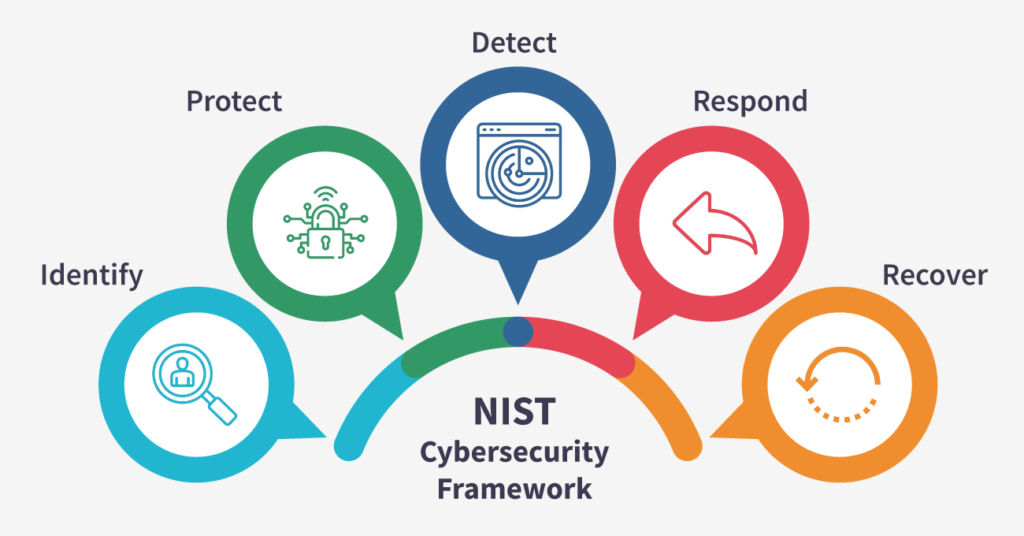
Continuous integration (CI) is a software development practice where developers regularly merge their code changes into a central repository, which is then automatically tested and built. This practice helps ensure that any changes made to the codebase do not break existing functionality and that new features are thoroughly tested before they are released.
Metasploit is a popular framework used for penetration testing, which allows security professionals to test and identify vulnerabilities in a target system. Pymetasploit3 is a Python library that provides a simple interface for interacting with Metasploit modules, making it easier to automate and manage Metasploit workflows.
In this blog post, we will explore how to integrate Pymetasploit3 into a CI pipeline, which can help streamline the testing and deployment process for Metasploit modules. We will cover the basics of Pymetasploit3, and then discuss how to use it with popular CI tools like Jenkins, Travis CI, and GitLab CI.
What is Pymetasploit3?
Pymetasploit3 is a Python library that provides a simple and easy-to-use interface for interacting with Metasploit modules. It allows users to automate and manage Metasploit workflows using Python scripts, making it easier to perform common tasks such as scanning, exploiting, and post-exploitation.
Some of the key features of Pymetasploit3 include:
Easy-to-use API for interacting with Metasploit modules
Simplified command-line interface (CLI) for running Metasploit modules
Support for multiple sessions and payloads
Integration with other Python libraries like Nmap and Netifaces
Pymetasploit3 is a powerful tool that can help security professionals automate and streamline their Metasploit workflows, which can be particularly useful in a continuous integration environment.
Integrating Pymetasploit3 into a CI Pipeline
There are several popular CI tools available, including Jenkins, Travis CI, and GitLab CI. In this section, we will discuss how to use Pymetasploit3 with each of these tools.
Jenkins
Jenkins is a popular open-source automation server that is widely used for CI and continuous delivery (CD). It provides a wide range of plugins that allow users to automate various tasks, including building, testing, and deploying software.
To use Pymetasploit3 with Jenkins, you can create a Jenkins job that runs a Python script that uses Pymetasploit3 to automate your Metasploit workflows. Here are the steps to set up a Jenkins job for Pymetasploit3:
Step 1: Install Jenkins on your machine or server
Step 2: Install the Jenkins Python plugin
Step 3: Create a new Jenkins job and configure it to run a Python script
Step 4: Write a Python script that uses Pymetasploit3 to automate your Metasploit workflows
Step 5: Add the Python script to your Jenkins job and run the job
Travis CI
Travis CI is a popular hosted CI platform that provides support for a wide range of programming languages and frameworks. It provides a simple interface for configuring and running automated tests, and it integrates with GitHub to provide seamless integration with your existing projects.
To use Pymetasploit3 with Travis CI, you can create a .tr.yml file in your project's root directory that specifies the build configuration and commands to run your tests. Here are the steps to set up Travis CI for Pymetasploit3:
Step 1: Sign up for a Travis CI account and link it to your GitHub repository
Step 2: Create a .travis.yml file in your project's root directory
Step 3: Specify the build configuration and commands to run your tests in the .travis.yml file
Step 4: Write a Python script that uses Pymetasploit3 to automate your Metasploit workflows
Step 5: Add the Python script to your repository and reference it in the .travis.yml file
GitLab CI
GitLab CI is a popular CI/CD platform that is tightly integrated with GitLab, a popular source code management platform. It provides a simple interface for configuring and running automated tests, and it can be used to automate the entire software development lifecycle.
To use Pymetasploit3 with GitLab CI, you can create a .gitlab-ci.yml file in your project's root directory that specifies the build configuration and commands to run your tests. Here are the steps to set up GitLab CI for Pymetasploit3:
Step 1: Sign up for a GitLab account and create a new project
Step 2: Create a .gitlab-ci.yml file in your project's root directory
Step 3: Specify the build configuration and commands to run your tests in the .gitlab-ci.yml file
Step 4: Write a Python script that uses Pymetasploit3 to automate your Metasploit workflows
Step 5: Add the Python script to your repository and reference it in the .gitlab-ci.yml file
Conclusion
Pymetasploit3 is a powerful tool for automating and managing Metasploit modules, and it can be integrated into a continuous integration pipeline for automated testing. In this blog post, we discussed how to use Pymetasploit3 with popular CI tools like Jenkins, Travis CI, and GitLab CI.
By integrating Pymetasploit3 into a CI pipeline, you can streamline the testing and deployment process for your Metasploit modules, ensuring that any changes you make to your codebase do not break existing functionality and that new features are thoroughly tested before they are released.
Whether you are a security professional or a developer, Pymetasploit3 is a tool that can help you automate and manage your Metasploit workflows, making it easier to identify vulnerabilities in target systems and improve the security of your applications and systems.





